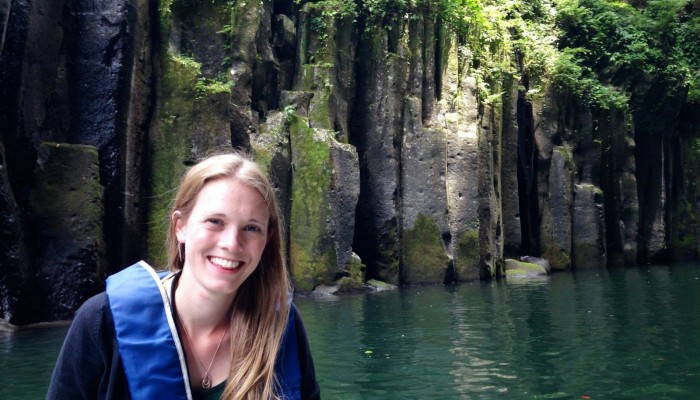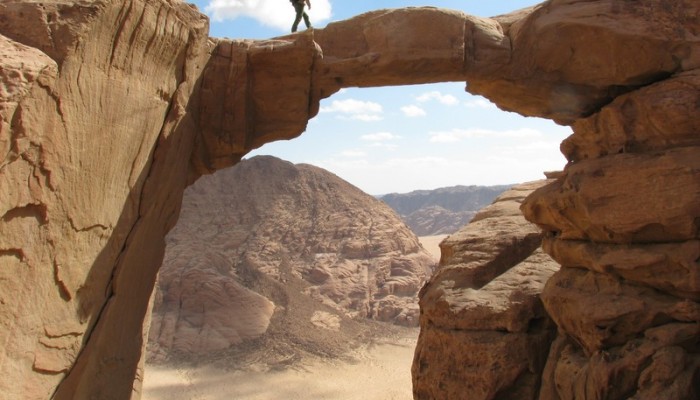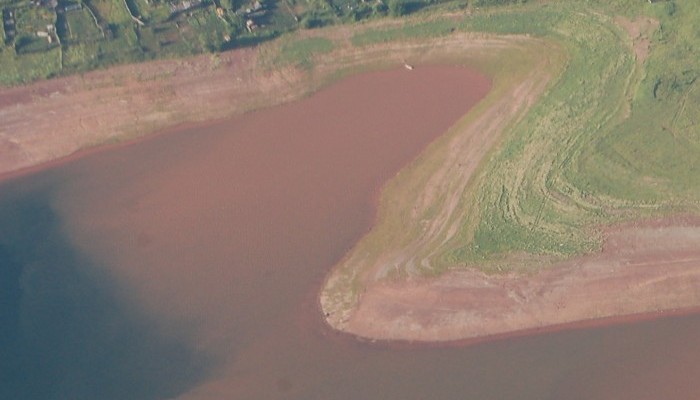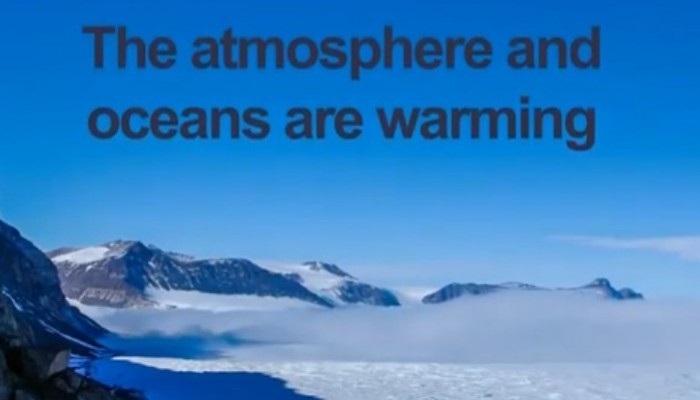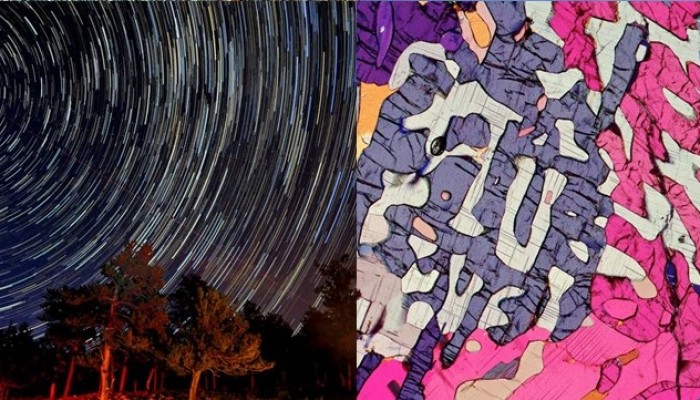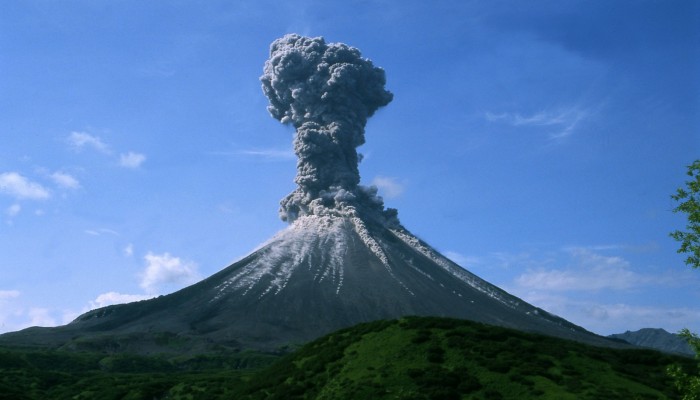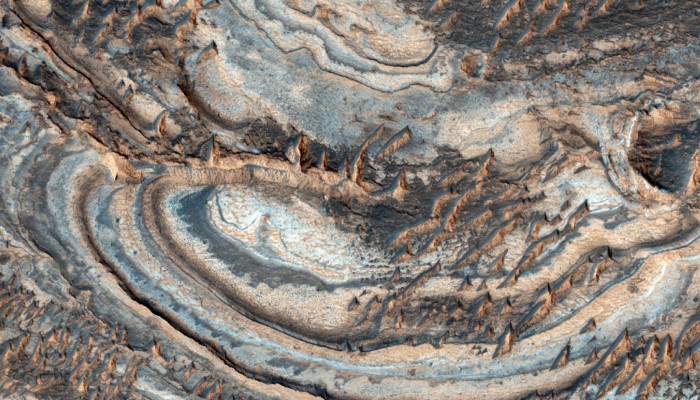In this guest blog post, Sam Illingworth, discusses the perceived differences between science education and science communication in light of a recent publication on this very subject. If you are involved in either of these, we’d love to hear your opinions on how you think they differ (if at all) and how the approach to engaging the public might differ too! We look forward to your comments. The Jo ...[Read More]
Geology for Global Development
Introducing our new DRR Blog Columnist…
A significant way that geologists contribute to international development is through their work on natural hazards (e.g., earthquakes, landslides, volcanic eruptions) and subsequent contribution to disaster risk reduction (DRR). As such we’re delighted to welcome Clare Sweeney to our blog team – to write specifically about all things hazard and disaster. Clare is a recent graduate of B ...[Read More]
GeoLog
Science bloggers – join the 2015 General Assembly blogroll!
Will you be blogging at the 2015 General Assembly? If so, sign up here and we’ll add you to our official blogroll. We will be compiling a list of blogs that feature posts about the EGU General Assembly and making it available on GeoLog, the official blog of the European Geosciences Union. We’d ask you to write posts that relate directly to the Assembly during the conference in Vienna (12 – 17 Apri ...[Read More]
GeoLog
Imaggeo on Mondays: The largest fresh water lake in world
Most lakes in the Northern hemisphere are formed through the erosive power of glaciers during the last Ice Age; but not all. Lake Baikal is pretty unique. For starters, it is the deepest fresh water lake in the world. This means it is the largest by volume too, holding a whopping 23,615.39 cubic kilometres of water. Its surface area isn’t quite so impressive, as it ranks as the 7th largest in the ...[Read More]
GeoLog
EGU 2015 General Assembly programme is now online!
The EGU General Assembly 2015 programme is available here. Take a look and – if you haven’t already – register for the conference by 12 March to make the early registration rates! The scientific programme of this year’s General Assembly includes Union Symposia, Interdivision Sessions, Educational and Outreach Symposia, as well as oral, poster and PICO sessions covering the full spectrum of the Ear ...[Read More]
GeoLog
EGU 2015 Communicate Your Science Video Competition – Deadline Extended!
Earlier this year we launched the Communicate Your Science Video Competition, a great opportunity to share research in the Earth, planetary and space sciences with the general public. What’s more, there’s a free registration to the 2016 General Assembly up for grabs! What’s it about? Young scientists pre-registered for the EGU General Assembly are invited to take part in the EGU’s Communicate Your ...[Read More]
GeoLog
Last chance to enter the EGU Photo Contest!
If you are pre-registered for the 2015 General Assembly (Vienna, 12 -17 April), you can take part in our annual photo competition! Winners receive a free registration to next year’s General Assembly! But hurry, there are only a few days left to enter! Every year we hold a photo competition and exhibit in association with our open access image repository, Imaggeo and our annual General Assembly. Th ...[Read More]
Soil System Sciences
Sure can smell the rain
Fly, thought, on golden wings, go alight on the cliffs, on the hills, where the sweet airs of our native soil smell soft and mild! Chorus of the Hebrew slaves, Nabucco Giuseppe Verdi Have you ever noticed the smell of rain? Why does wet soil smell so good? The smell of wet soil plants oils released into the soil during dry periods is due. These substances accumulate in the soil and mix with ...[Read More]
GeoLog
Imaggeo on Mondays: An explosive cloud
One of the world’s most volcanically active regions is the Kamchatka Peninsula in eastern Russia. It is the subduction of the Pacific Plate under the Okhotsk microplate (belonging to the large North America Plate) which drives the volcanic and seismic hazard in this remote area. The surface expression of the subduction zone is the 2100 km long Kuril-Kamchatka volcanic arc: a chain of volcanic isla ...[Read More]
GeoLog
Geosciences Column: The quest for life on Mars
Understanding where we come from and whether Earth is the only habitable planet in the Solar System has been a long standing conundrum in science. Partly because it is our nearest neighbour, partly because of its past and current similarities with our own home, Mars, the red planet, is a likely contender in the quest for extra-terrestrial life. In this guest blog post, James Lewis, a PhD student a ...[Read More]


